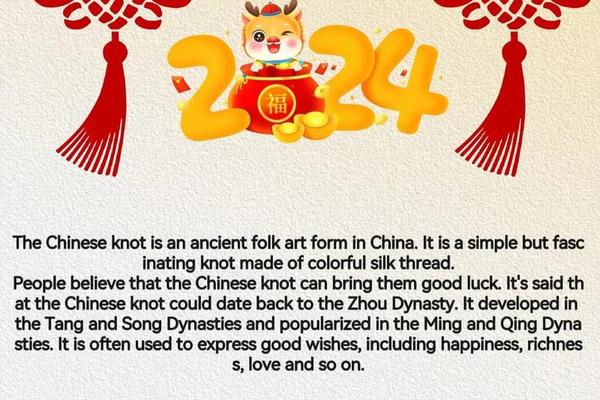Introduction to Chinese Traditional Arts
Chinese traditional arts are an integral part of China's cultural heritage, reflecting its philosophical values, historical evolution, and aesthetic principles. These art forms, rooted in thousands of years of history, encompass diverse categories such as visual arts, performing arts, and crafts, each carrying profound symbolic meanings and cultural significance. Below are key traditional art forms with their English expressions and brief introductions:
1. Calligraphy (书法, Shūfǎ)
A revered art form that combines writing with aesthetic expression. Using brush and ink, calligraphy emphasizes harmony, rhythm, and balance, often incorporating poetry or philosophical texts. It is considered one of the "Three Perfections" of Chinese literati culture, alongside painting and poetry.
2. Chinese Painting (国画, Guóhuà)

Traditional Chinese painting includes two main styles: Gongbi (meticulous brushwork) and Xieyi (freehand expression). Themes often revolve around landscapes, flowers, birds, and human figures, blending ink and wash techniques with Taoist-inspired simplicity and naturalism.
3. Shadow Play (皮影戏, Píyǐngxì)
An ancient form of storytelling using intricately cut leather puppets. Performances involve manipulating puppets behind a backlit screen, accompanied by music and dialogue. Originating over 2,000 years ago, shadow play is recognized by UNESCO as an Intangible Cultural Heritage.
4. Paper Cutting (剪纸, Jiǎnzhǐ)
A folk craft where paper is cut into decorative patterns, often used to adorn windows, doors, and festivals. Common motifs include animals, flowers, and symbols of luck (e.g., the lotus for harmony). This art dates back to the Northern and Southern Dynasties (386–581 AD).
5. Embroidery (刺绣, Cìxiù)
Chinese embroidery, especially styles like Suzhou and Hunan embroidery, is renowned for its delicate silk threads and intricate designs. Themes range from nature to mythology, often symbolizing prosperity or protection.
6. Opera (戏曲, Xìqǔ)
Traditional Chinese opera, such as Peking Opera (Jīngjù), combines music, vocal performance, acrobatics, and elaborate costumes. It uses symbolic gestures and makeup to convey characters and stories.
7. Ceramics and Porcelain (陶瓷, Táocí)
From the iconic blue-and-white porcelain to Tang Dynasty tricolor glazes, Chinese ceramics are celebrated for their craftsmanship and historical value. Techniques like kiln-firing and glazing reflect advancements in ancient technology.
8. Clay Art (陶艺, Táoyì)
Includes pottery and figurines, such as the Terracotta Warriors. Folk clay art often features painted sculptures used in rituals or festivals.

9. Traditional Festive Arts
10. Folk Performances
Cultural Significance
These arts are deeply intertwined with Chinese philosophy, such as Taoism's emphasis on nature and Confucianism's focus on hierarchy. They also serve practical roles in daily life, from religious rituals (e.g., shadow plays to ward off evil) to communal celebrations. Today, many are preserved as UNESCO heritage or revitalized through modern adaptations.
For further details, refer to sources like UNESCO documentation or academic resources on Chinese folk art.


